 History is A Set of Lies Agreed Upon (cont’d)
History is A Set of Lies Agreed Upon (cont’d)
… As I noted in my previous post, on the basis of no hard evidence whatsoever, in his new D-Day book Landing on the Edge of Eternity the British military historian Robert Kershaw (no relation to unauthorized Capa biographer Alex Kershaw) has Robert Capa embedded “with Captain Edward Wozenski’s E Company, coming in late because only a small number of landing craft could get through the obstacles at any one time.” In fact, Capa arrived on the Easy Red sector of Omaha Beach in the 13th wave with Col. George Taylor’s headquarters command, to which he’d been assigned.
Then, Kershaw proposes, “[Capa’s] second and third pictures show two wading and one Sherman DD tank with men clustering around the left side.” Kershaw has mistaken his vehicles here; Armored Assault Vehicle 10, visible at the left in several of Capa’s images, with soldiers standing on its left side, was not a Double Duplex (“DD”) tank — those were of British design — but instead an American “wading Sherman” tankdozer that had accompanied Gap Demolition Team 10 to clear debris after those engineers had blown obstacles in that sector. Hence the numeral “10” painted on this tank, which Kershaw notes without understanding its meaning:
Capa’s Contax was loaded with standard twelve-frame 35mm Kodak Super XX film. He seems to have snapped off five shots from the ramp of the landing craft, recording the men from his craft spreading out even farther as they approach the cover of the three stationary Sherman tanks. One of them is clearly designated number “10,” painted on the exhaust funnel of its wader.
•
Of course, Capa’s Contax was not “loaded with standard twelve-frame 35mm Kodak Super XX film,” which doesn’t now and didn’t then exist. (Twelve-frame rolls of 120 film were standard for the 2-1/4″ Rolleiflex that Capa also carried, but never used in combat situations.) He had his Contax loaded with standard 36-frame 35mm Kodak Super XX film, which explains why his few D-Day negatives from his brief stay on Easy Red carry numbers from 28 up. Clearly Kershaw has never bothered to actually scrutinize contact prints of those negatives, though reproductions of them are readily available, as below.
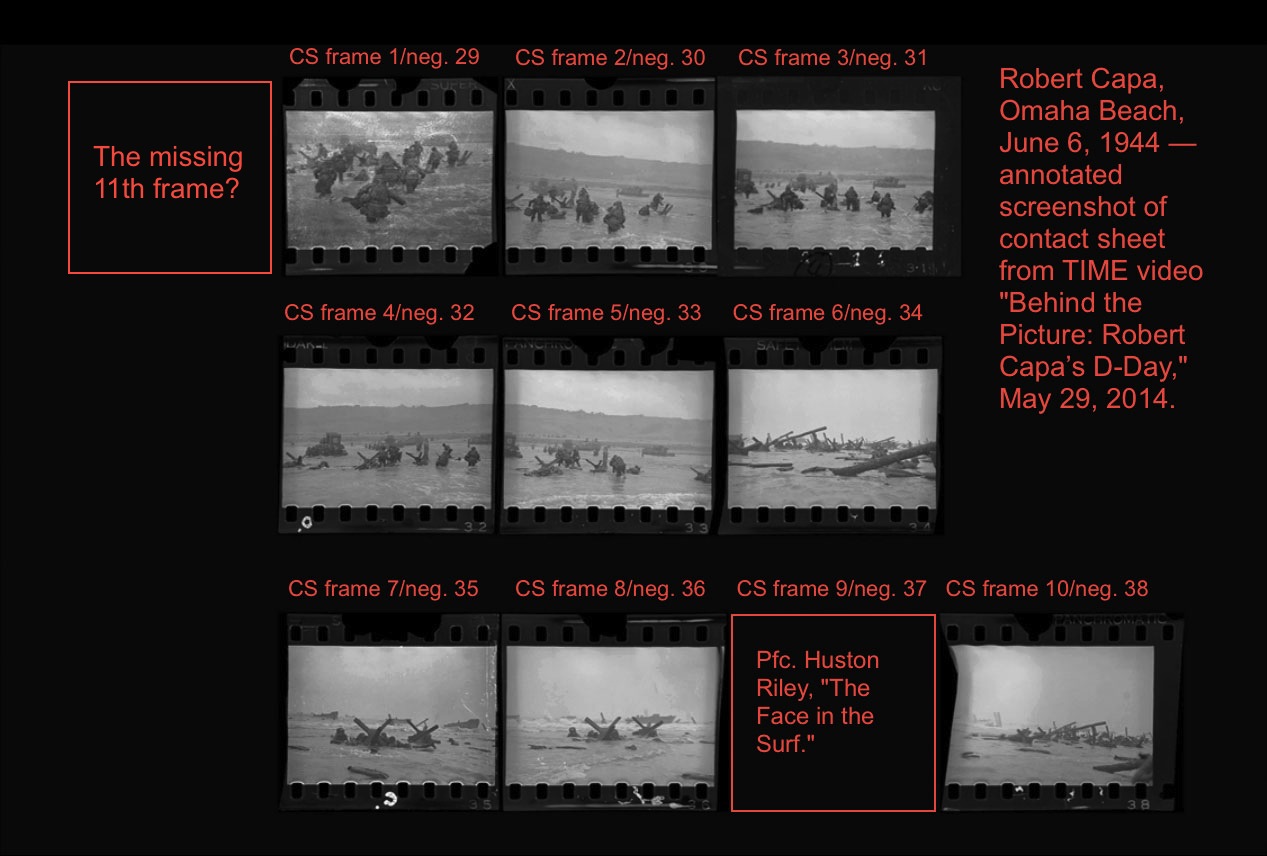
Robert Capa, D-Day images from Omaha Beach, contact sheet, screenshot from TIME video (May 29, 2014), annotated.
•
Kershaw continues his analysis of Capa’s images thus:
Injured soldiers can be seen floating in the surf, one face down, while half submerged soldiers hiding behind the metal hedgehogs are pulling others under cover.
•
Nothing in Capa’s images indicates that any of the few soldiers seen floating in the surf were injured; the one visible at the lower left, seen from behind, is most likely the G.I. whom Capa would subsequently photograph from the front in close-up, now known as “The Face in the Surf.” Furthermore, those “half submerged soldiers hiding behind the metal hedgehogs” are neither “hiding” nor “pulling others under cover”; as Charles Herrick proved conclusively, they’re engineers preparing to blow up these hedgehogs, and urging incoming troops to get away from these welded iron constructions and seek shelter elsewhere so that they can continue their crucial work.
Kershaw compounds this error in a subsequent passage:
Capa’s few surviving photographs of American soldiers pinned down on Omaha Beach are a remarkable document. All that is missing from these in part grainy pictures is the crack and thump of incoming fire, and the clunk of metal striking metal, whirring off steel obstacles. They were taken against a backdrop of disturbing noises, explosions, shouts, and insane screams. …
Modern terrain analysis of the crest lines and bluff shadows that form the backdrop to Capa’s first pictures reveal his landing place to be just right of WN 62. The spot is virtually beneath the east side of the present Normandy American Cemetery and Memorial at Colleville-sur-Mer. He turned left, taking two pictures from the lee of the tank, of clusters of infantrymen lying prone in about a foot of water behind a sloping phalanx array of wooden bench obstacles. They are probably cowering from fire, possibly aimed at them from Heinrich Severloh and Franz Gockel at strongpoint WN 62. The men, borne on the tide, are crawling toward the shoreline like mud-colored amphibians. This angle of the shot was to provide later inspiration for Steven Spielberg’s iconic movie film depiction of Omaha in Saving Private Ryan. …
I don’t know of any “modern terrain analysis of the crest lines and bluff shadows that form the backdrop to Capa’s first pictures” save for that of the aforementioned Charles Herrick, here at this blog, who deserves credit for same. As for those “clusters of infantrymen lying prone in about a foot of water behind a sloping phalanx array of wooden bench obstacles. They are probably cowering from fire … The men, borne on the tide, are crawling toward the shoreline …” — these are in fact the selfsame engineers Capa photographed from the rear as he approached the scene, still working on blowing those obstacles, now seen from the front, their role in the landing readily identifiable by the insignias on their helmets — visual evidence to which Kershaw proves himself oblivious.
•
Eventually, Kershaw introduces a further bit of nonsense, this from Sam Fuller’s autobiography:
War photographer Robert Capa, having made his way ashore and near [Technical Sergeant Calvin] Ellis, focused his telescopic camera lens on a German officer on the bluff above them, probably at WN 62. He “stood with his hands on his hips, boldly barking out orders to soldiers behind him,” a depressing image he thought. “The sight of that cocky Nazi officer, so sure of himself, was heart stopping,” Capa recalled.
Capa never “made his way ashore.” Nor did he normally use (or even carry) a “telescopic camera lens.” Furthermore, given the distances involved, such a lens — of the power available for the Contax II — would not have enabled him to observe the body language and facial expressions of anyone that far away, much less to make an exposure of anyone on top of the cliff that would be readable. Finally, Capa never spoke the words that Kershaw attributes to him with the use of quotation marks in this passage; Kershaw is paraphrasing an account given by film director Fuller of an encounter with Capa in Hollywood after the war, in which (according to Fuller, paraphrasing the photographer) Capa claimed to have made such an exposure on the beach.
Following Capa biographer Richard Whelan’s lead, Kershaw places Capa aboard LCI(L)-85 when leaving Easy Red, then switching to LCI(L)-94 when LCI(L)-85 gets hit by German shells, whereas the filmic evidence our team uncovered places Capa uncontrovertibly aboard LCI(L)-94 from Easy Red all the way back to the ship on which he’d arrived, the U.S.S. Samuel Chase.
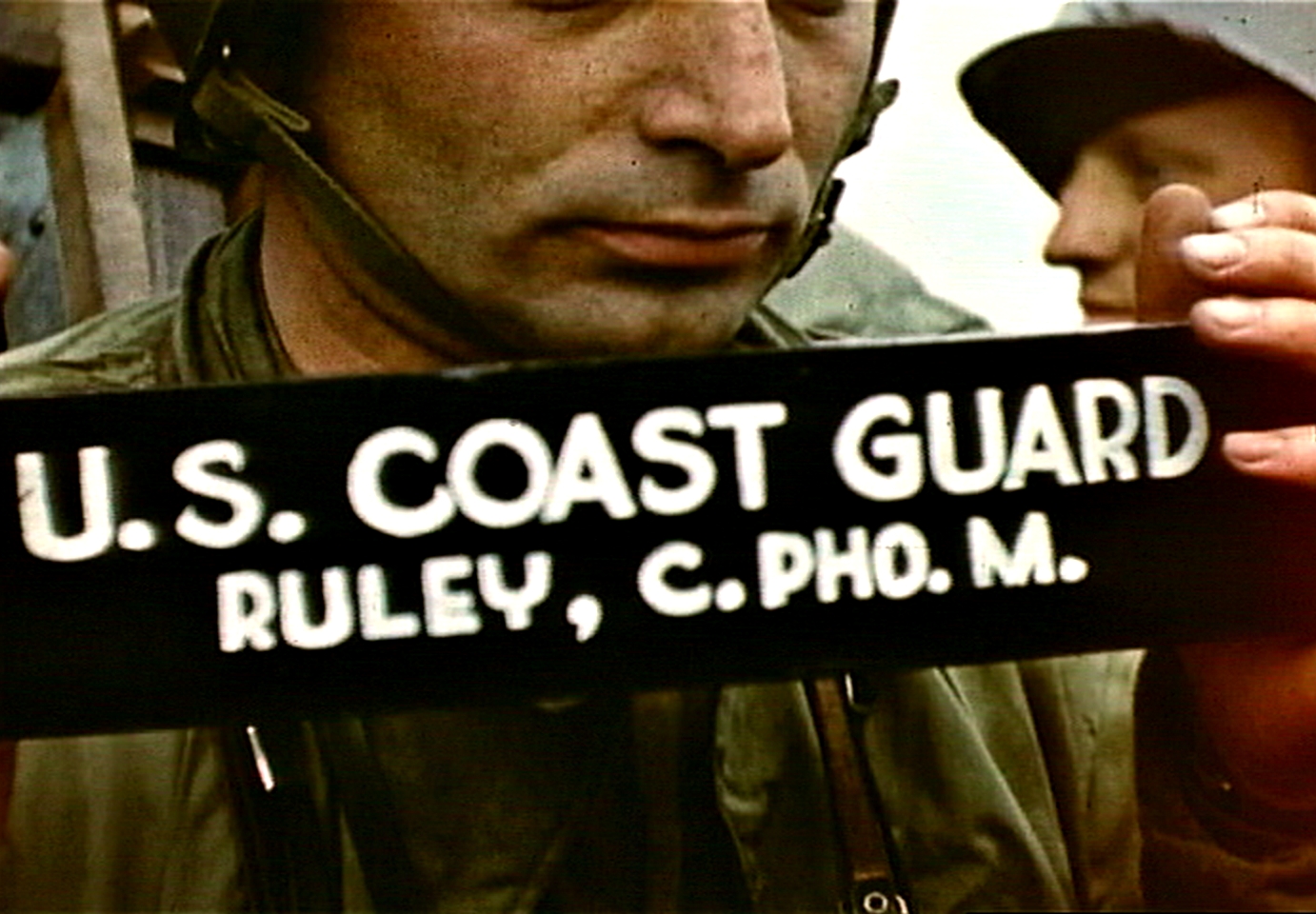
Fig. 10: Robert Capa holding cinematographer’s slate aboard LCI(L)-94, D-Day, frame from film by David T. Ruley
Additionally, another of U.S. Coast Guard cinematographer David T. Ruley’s D-Day clips shows LCI(L)-85 limping alongside LCI(L)-94 as they both head back from the beach toward the Chase, where LCI(L)-85 unloaded its passengers and crew before finally sinking. Indeed, Capa photographed that process from aboard the Chase after disembarking from LCI(L)-94.
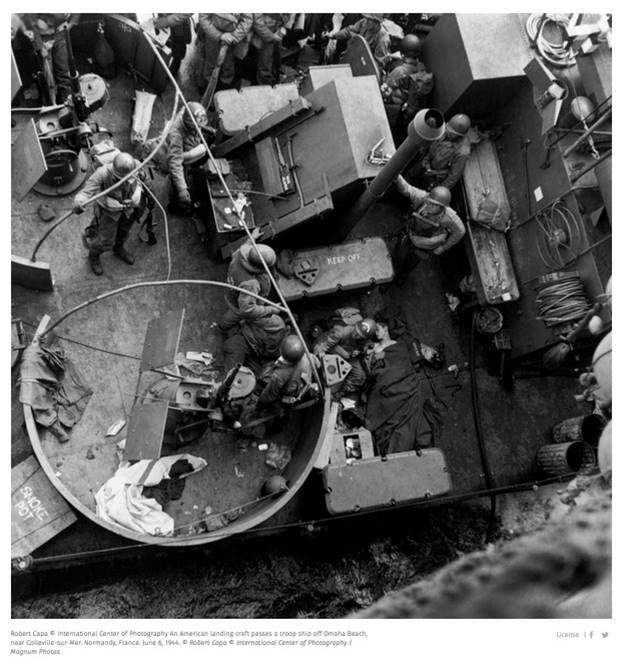
Fig. 16: Robert Capa, view of LCI(L)-85 from USS Samuel Chase, D-Day. Screenshot from Magnum Photos website.
•
As a final howler, Kershaw writes this: “Captain Edward Wozenski, whose E Company was badly mauled at the Colleville draw when he took photographer Robert Capa ashore, survived the war.” This implies that taking Capa ashore somehow caused the mauling of his company at the draw. That’s extremely inept sentence structure — on top of which, Capa did not go in with Wozenski’s troops, and in fact never actually set foot on dry land on Omaha Beach.
Kershaw scatters references to Capa — a mix of extracts from and/or paraphrases of passages from Slightly Out of Focus and Whelan’s This Is War! — throughout his account. He does so uncritically, heedless of the established facts: Capa, an indefatigable self-promoter, heavily fictionalized his memoir in order to sell it to Tinseltown as a movie treatment, and Whelan, paid by Capa’s younger brother Cornell to promote the Capa myth, produced his tortured version of Capa’s D-Day experiences and the subsequent fate of his films to rationalize the gaps, inconsistencies, and outright falsehoods in Capa’s fabulation.
This makes the Capa portions of Landing on the Edge of Eternity a sorry display of little more than copying and pasting that masquerades as historical research and analysis. Granted, these Capa sections constitute a relatively small portion of the entire book. To what extent this careless pastiche methodology reflects Kershaw’s production system for the bulk of the book I can’t say. Perhaps it constitutes an anomaly. At the very least, however, it raises serious questions about the rigor with which Kershaw engaged with the primary source material, and about the integrity and credibility of the resulting work as a whole.
(Part 1 I 2)
•
(For an index of links to all posts in this series, click here.)
•
This post sponsored by a donation from photographer Bill Krumholz.
•
 Special offer: If you want me to either continue pursuing a particular subject or give you a break and (for one post) write on a topic — my choice — other than the current main story, make a donation of $50 via the PayPal widget below, indicating your preference in a note accompanying your donation. I’ll credit you as that new post’s sponsor, and link to a website of your choosing. Include a note with your snail-mail address (or email it to me separately) for a free signed copy of my 1995 book Critical Focus!
Special offer: If you want me to either continue pursuing a particular subject or give you a break and (for one post) write on a topic — my choice — other than the current main story, make a donation of $50 via the PayPal widget below, indicating your preference in a note accompanying your donation. I’ll credit you as that new post’s sponsor, and link to a website of your choosing. Include a note with your snail-mail address (or email it to me separately) for a free signed copy of my 1995 book Critical Focus!
 But wait! There’s more! Donate now and I’ll include a copy of The Silent Strength of Liu Xia, the catalog of the 2012-13 touring exhibition of photos by the dissident Chinese photographer, artist, and poet, currently in her sixth year of extralegal house arrest in Beijing. The only publication of her photographic work, it includes all 26 images in the exhibition, plus another 14 from the same series, along with essays by Guy Sorman, Andrew Nathan, and Cui Weiping, professor at the Beijing Film Academy.
But wait! There’s more! Donate now and I’ll include a copy of The Silent Strength of Liu Xia, the catalog of the 2012-13 touring exhibition of photos by the dissident Chinese photographer, artist, and poet, currently in her sixth year of extralegal house arrest in Beijing. The only publication of her photographic work, it includes all 26 images in the exhibition, plus another 14 from the same series, along with essays by Guy Sorman, Andrew Nathan, and Cui Weiping, professor at the Beijing Film Academy.


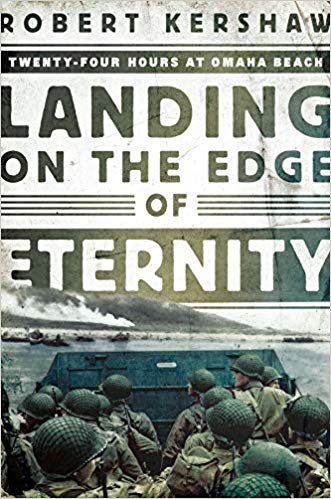


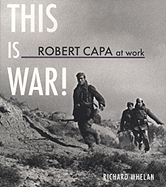




Alan, i love your writing and your research.
Setting the record straight, clear-eyed and
without mincing facts, you are – as always –
a breath of fresh air.
Thank you ?, viviane
GOOD TO FINALLY DEBUNK THE CAPA LEGEND
Thanks. You may also want to read J. M. Susperregui’s expert dismantling of the myths surrounding Capa’s “Falling Soldier” from the Spanish Civil War:
https://www.unav.es/fcom/communication-society/en/articulo.php?art_id=567
Dear Allan, as we approach the 75th anniversary of D-Day (and your 51st year of critical writing on all-things photographic), our community (user group?) of photo-enthusiasts should be deeply appreciative of the bold stance you have taken in this major campaign; as well as the multiple and sizeable battles you have placed yourself into, first and front and center these past five decades!
Among other principles that once actually did make America great, your commitment to what David Brooks calls that “moral bone” of truth and justice is what the good men and women of WWII fought and died for. An ideal of human conduct and thought that has been both regrettably and profoundly necessary throughout all of history; an ideal which is needed now more than ever; and an ideal which is always at risk of being submerged under a rising tide of self-seeking interests, apathy, and untruths.
Not an easy mission to take on, as you yourself note in your A. D. Coleman Reader: Published Writings 1968-2017 essay, “The Destruction Business: Some Thoughts on the Function of Criticism” … (highly recommended reading) …
“Why (are) critics unpopular … It’s their job to be fault-finders, spoilers and contrarians: to break spells, ruin moods, poop parties, rain on parades, disrupt consensus, point out the emperor’s nakedness, resist seduction and speak truth to power. Power rarely likes to hear the truth. In fact, since truth makes a habit of unpleasantness, most of us, powerful or not, are loath to hear it with any frequency. Critics, when they set about their fundamental task, are generally the bearers of bad tidings; and the inclination to kill the messenger runs deep in the human psyche.”
Let’s hope it doesn’t come to that! Let’s hope that young and old alike find the common sense (another uncommon ideal) to recognize the importance of critical thought and reasoned understanding in all aspects of civic life and personal reflection. Thanks Allan for modeling and maintaining that high bar of human dignity and individual responsibility. In these pivotal years ahead, I hope your standards will reach a larger audience, beyond the confines of this site and the general photo culture. Thanks Allan for your five-star service. If I were drafting folks for the battles ahead, you would be the General I’d select! Best Wishes in 2019.
Thanks for your good words and support for this blog.
The year 2019 has begun promisingly, with publication of my 2018 Capa D-Day lecture in English at two websites and in Chinese translation at a third. (Details in a forthcoming post.) Perhaps this will become the year in which our research gets the attention we believe it deserves here in the U.S. and elsewhere.
You are doing good work. Finally, it is being discussed among today’s working photojournalists, who, if it matters, seem to be taken with your research.
Thanks for your good words about the project. On behalf of our team, we’re pleased to learn that our work “is being discussed among today’s working photojournalists,” though where that takes place I don’t know (over beer and wings, I presume). It will be interesting to see if any of them have anything to say about it on the record. I’ll put my money on them keeping mum — there’s a thin silver line to match the notorious “thin blue line.”
Apropos of, well, the same theme, I humbly offer my own small contribution to the general area. Walker Evans was not a photographer without problems, but in one case he was unjustly accused, and the accusation was continued by lazy people who should have known better.
https://photothunk.blogspot.com/2017/05/the-scholarship-of-fakery.html
In this case I exonerate the photographer, but the problems of lazy repetition are similar.
I agree. Best to focus on the crime, with leniency for the perps in proportion to their culpability I would think. It’s that moral bone issue ultimately. Win wins in difficult times would be nice. With beer and wings please. Ha.
Inverse proportions that would be.